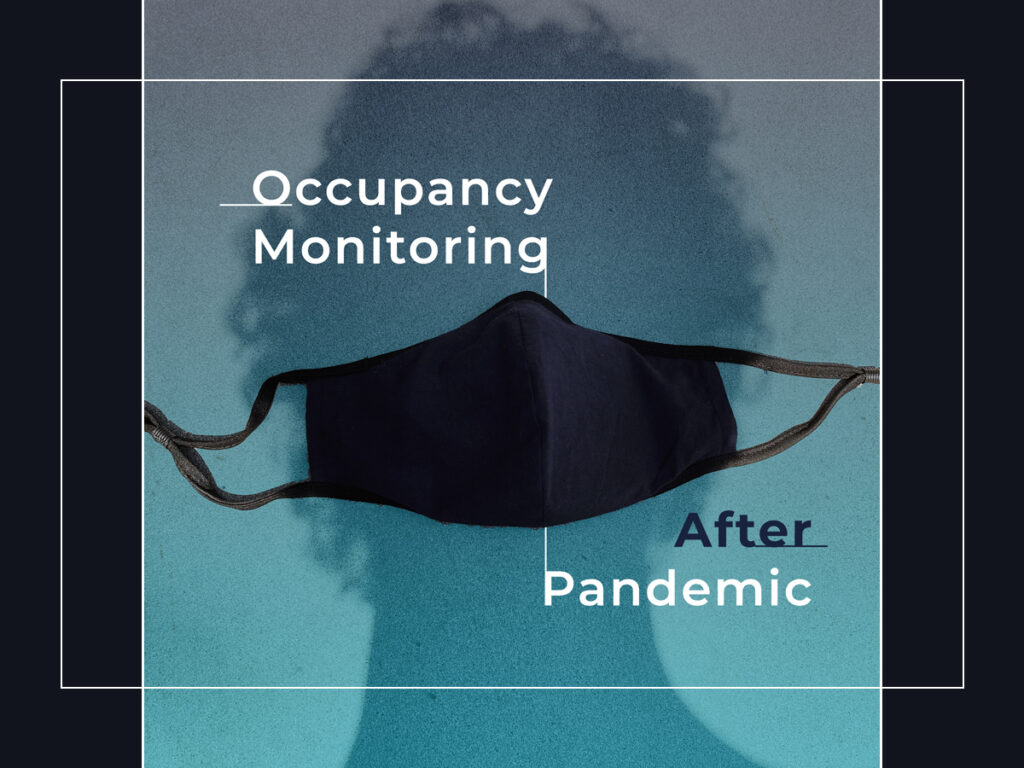The pandemic has started a revolution in how we work. During the lockdown, most offices were forced to shut down, and businesses had to quickly adapt and source technology to enable home working for their employees.
Throughout 2021, reopening plans were developed, revised, and re-written in response to the ongoing impacts of the pandemic. But one thing is clear: “The future of working from home (WFH) is hybrid,” as Harvard Business Review stated. Like all revolutions, this isn’t easy to navigate, and businesses require leadership to ensure that employees are productive and happy. Around 70% of organisations, ranging from small businesses to big multinationals like Google, Citi, and HSBC, plan to adopt some form of hybrid or flexible working. Companies can choose the right-sized workplace and real estate investment whilst recognising their layout, applying activity-based desk policies, and utilising smart building technology.
According to the Harvard Business Review, 32% of employees say they never want to return to the office, while 21% say they never want to work from home again. The first group is often employees with young kids, who live in the suburb and the commute is painful, while the second group is often young single employees who live in city centre apartments. Everyone else falls somewhere in the middle.
Attendance patterns have become increasingly unpredictable due to growing interest in flexible work and environmental factors. Employers need to reconsider their space planning strategy favouring a more agile, adaptable approach with multipurpose spaces and continual evaluations, as employee attendance now looks significantly different than it did in 2019.
Companies that want to optimise their office space must manage their employees’ work from home (WFH) and office days. Otherwise, the building will be empty on Mondays and Fridays and crowded during the week. The reality is that employee attendance patterns have changed forever and will continue to do so in the future. Workplace strategy teams need the right tools to adjust to these changes confidently.

So, monitoring occupancy and space utilisation remains a top priority while businesses deploy different solutions to track occupancy in their buildings and control social distancing. Almost two years later, this trend is still growing because they see value from the data collected (Verge Sense, 2022). Beyond safety objectives, organisations will embrace spatial analytics data to reduce wait times, optimise staff scheduling and enhance business operations. By using space utilisation intelligence, they will be able to analyse employee office attendance, monitor meeting room demands and make informed floorplan changes, such as adding more desk-sharing options.
DIREK has devised a method for resolving these problems by providing information on the number of occupants, rooms and areas within the office space. It identifies occupants’ activities without requiring them to install any mobile application or use wearable tags. Employees can reserve meeting rooms with the correct number of people and control the functions such as lights and heating—with the option of turning off areas that are not in use, helping conserve energy for the business and support their sustainability agenda. Smart buildings can further leverage energy monitoring systems, CO2 monitors, and VOC sensors to ensure optimal indoor air quality. The integration of smart occupancy sensors can provide real-time analytics for people counting and space management, vital for effective workplace experience.

